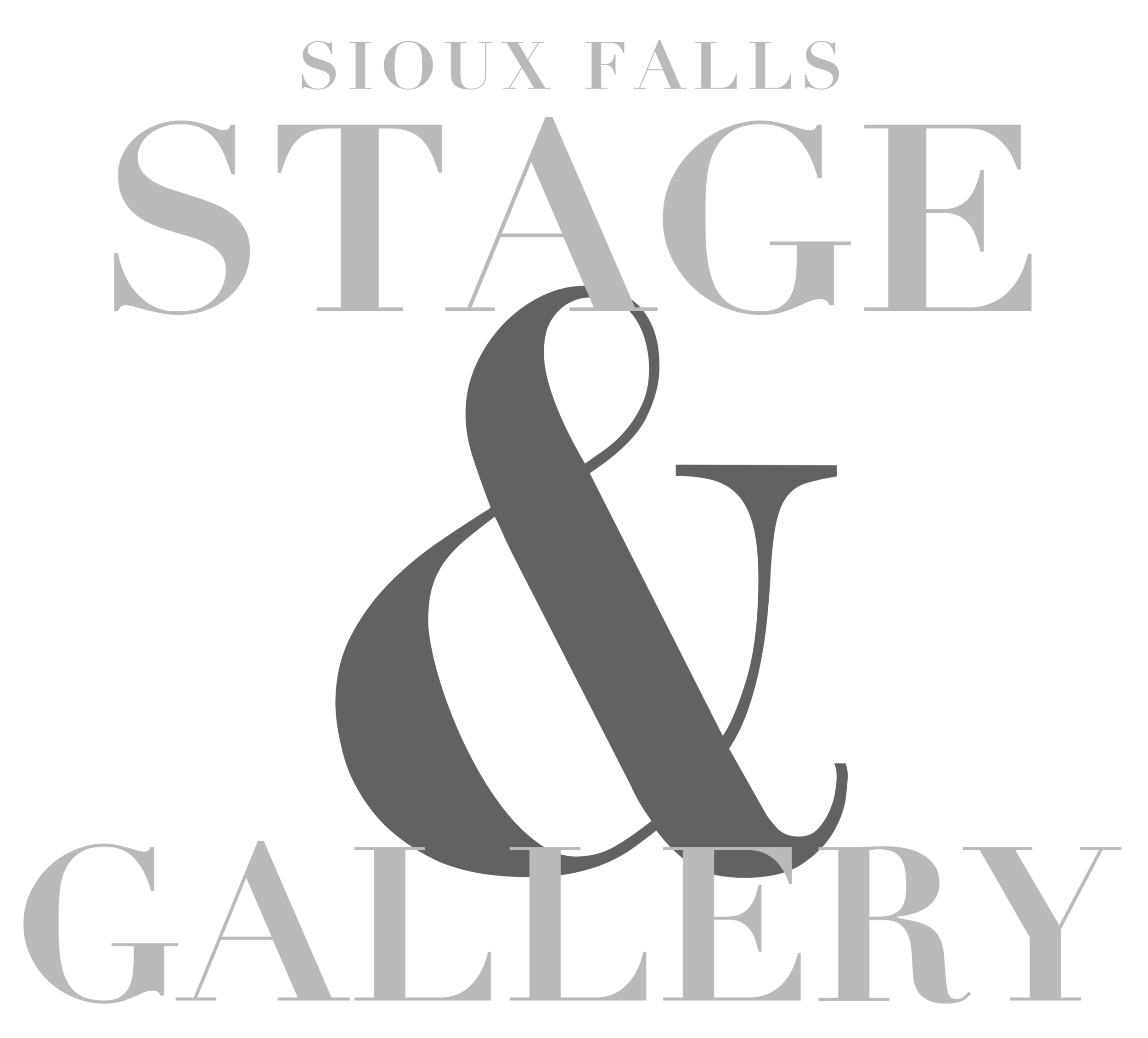Artist on the Rise: Grace Dixon
When you’re brought up in museums, you tend to have a certain appreciation for the visual arts. In that sense, you might say that Augustana University senior Grace Dixon was destined to be an artist. But, by her estimation, that path took a couple detours before landing on just the right track.
Grace Dixon
“I’ve always really liked art,” Dixon said. “I’ve always loved going to art museums and museums in general.” Growing up in South Carolina, her family would frequent museums in the area, a trend that continued when the family moved to Kansas when Dixon was in middle school.
This love of all things art museum was passed down from her parents — who admittedly both work in the sciences, one in geology and one in cancer research. This appreciation had a definite impact on her artist journey growing up.
“When we moved to Kansas, we started going to Bentonville, Ark., a lot — my parents were obsessed with it,” Dixon said. “We would go to Crystal Bridges (Museum of American Art) and all these other places. Every time someone says, ‘Oh, I’ve never been to a museum,’ my mom responds, ‘Oh, we’ve been to 100!’ My parents are always supportive of me — when I switched over to art and history, they said, ‘Good! We knew you would!’”
And though her Augustana experience didn’t begin on a strictly artistic path, per se, she quickly found her way back home.
“At Augie, I started out as a biochemistry major and had an art minor, but that first semester I didn’t have any art classes at all, and it was miserable,” Dixon said. “I started adding more and finally switched my major to art and history double major, because I also really loved the first-year seminar class I took with (Michael) Mullin — a history class. It just clicked more.”
A sculpture and box-art course later, and Dixon found herself more and more ingrained into the world of visual arts on campus.
“My very first stained-glass piece, it was a box with inlaid glass hexagons of different colors — orange and yellow. That thing took me about a year and a half to make and made me realize I should be doing this. It was really rewarding to make.”
Using art as a form of self-expression has been a tool Dixon has leaned on consistently throughout her life, using it as an inroad to better understand the environments and people around her.
“I’m hard to crack open — you have to be really close with me to know what’s all going on in my brain. So making pieces, making art — it kind of helps me express that,” she said. “I have dyslexia, and I couldn’t read really until the third grade. So picture books were the only way I could understand what was going on in the story. I was really pushed by those. Especially Frog & Toad — that was the first book I was able to read completely. I loved the images in it. That kind of imagery — animals in a calm environment — influenced me. I started making images and figures like that.
“Making things and using my hands and my brain in that sort of way made it easer to understand the world, whereas doing math, counting and memorizing my multiplication tables just didn’t click at all.”
This world-building and awareness of environment plays well into what Dixon hopes viewers get out of one of her pieces, whether drawings, box art, sculpture or stained glass.
“I want people to be able to explore environments in my pieces — maybe without fully knowing what’s going on in there,” she said. “I don’t know why I like to make those kind of environments — I don’t want people to feel uneasy, but rather not fully comfortable.”
So what’s next for the soon-to-be Augustana graduate? She hopes her penchant for history and contextualizing art by the time period from which it was conceived plays a part in her next phase.
“Because of my history major as well, I’d like to do more museum work and curating. I like making art, but it’s something more for myself,” she said. “If I could make money doing it, great — but I don’t want to strictly make art to make money. I think it would take the motivation out of it.
“I love museums, and I love the social aspects of history. I couldn’t care less about a certain tank that was in a certain battle — that sounds boring. But learning about how people interacted through art history, you can kind of see what someone was thinking.”


